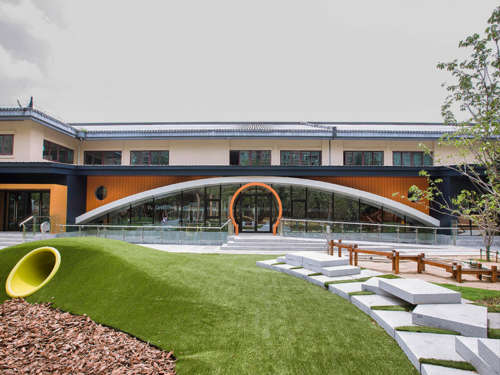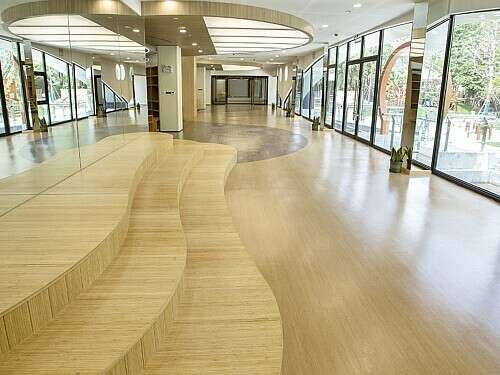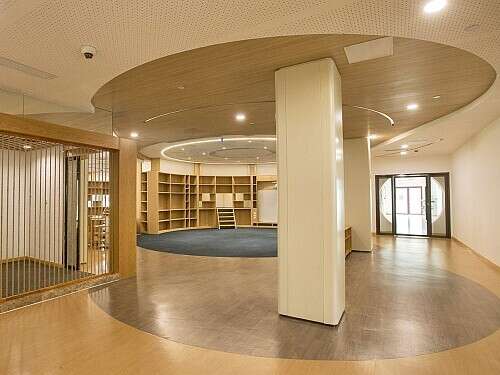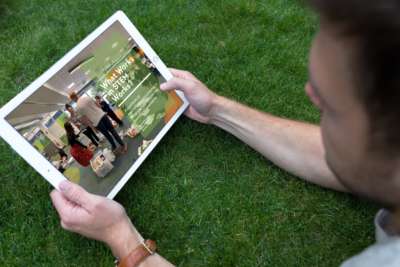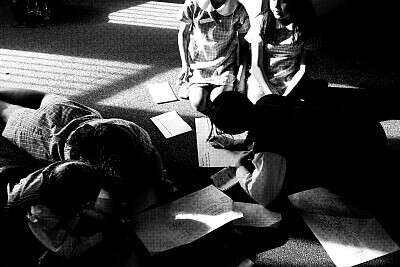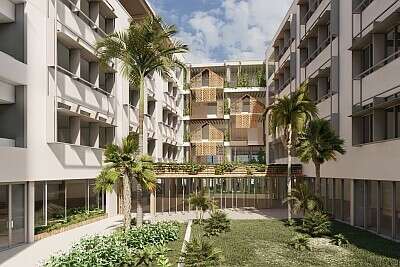Early Years at Nanjing International School
Nanjing International School, China
Challenges:
The conventional classroom layouts at Nanjing International School were pushing early years practitioners towards more traditional teaching methods despite efforts to foster learner autonomy and structured play. The physical structure of boxed-up classrooms was a major barrier to the universal adoption of progressive educational approaches like the Reggio method and hindered effective sharing of innovative teaching practices.
Solutions Implemented:
We developed a strategic educational and architectural brief aimed at creating learning spaces that would foster greater learner autonomy and provide the space required for more play-based and outdoor learning. Architect partners EIW translated our Design Principles into an inspiring award-winning learning environment for the Early Years:
1. Development of ‘Secret’ and ‘Group’ Spaces: These areas were designed to cater to dynamic educational needs—providing quiet, cozy spaces with soft furnishings for individual activities, and open, communal areas for interactive group learning.
2. Innovative Classroom Design: The traditional box-shaped classrooms were replaced with interconnected ‘campfire’ circles that feature open sides to promote easier interactions and create inviting nooks for reading and engagement.
3. Outdoor-Indoor Integration: The redesign focused on blurring the lines between indoor and outdoor learning environments, using natural colours and materials to facilitate a fluid transition and enhance the connectivity of play and learning spaces.
See more of the Early Years space
Play VideoPush boundaries before you draw them
Before we ask what space people want, we ask how far they want to go with their learning and teaching.
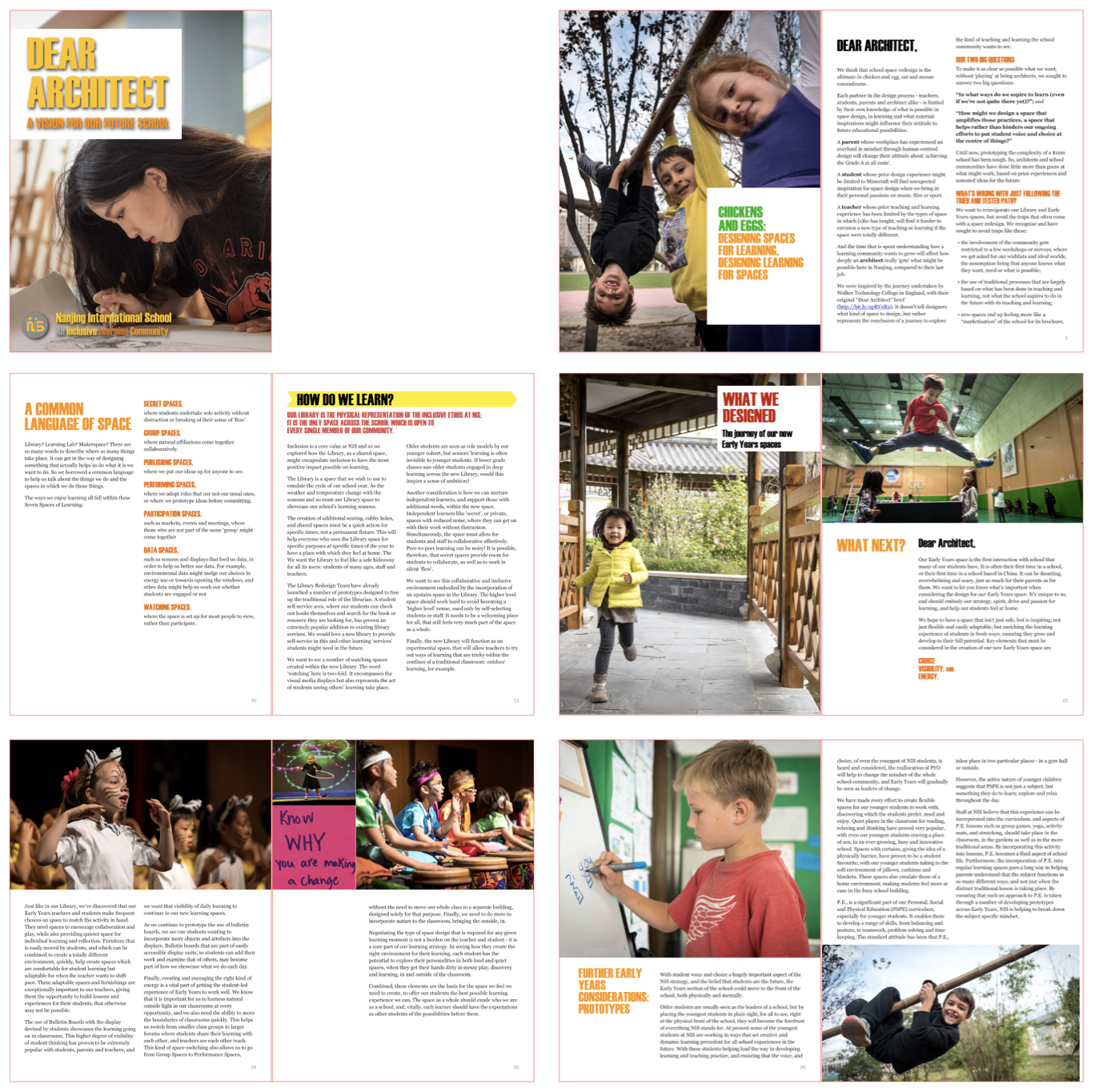
Outcomes:
The redesign has not only revitalized the physical spaces at Nanjing International School but also reinforced a shift towards a more student-centred approach in the early years curriculum. These new learning environments encourage greater autonomy, creativity, and collaboration among students and teachers, positioning the school as a leader in innovative educational practices on an international scale.

Designing Learning Spaces
The open ‘yangtai’ provides an open space with clear visibility for teachers, but nonetheless a degree or personal, quiet working space; no more boxed classrooms - youngsters get organised in the morning and enjoy some circle time in their ‘campfire’

